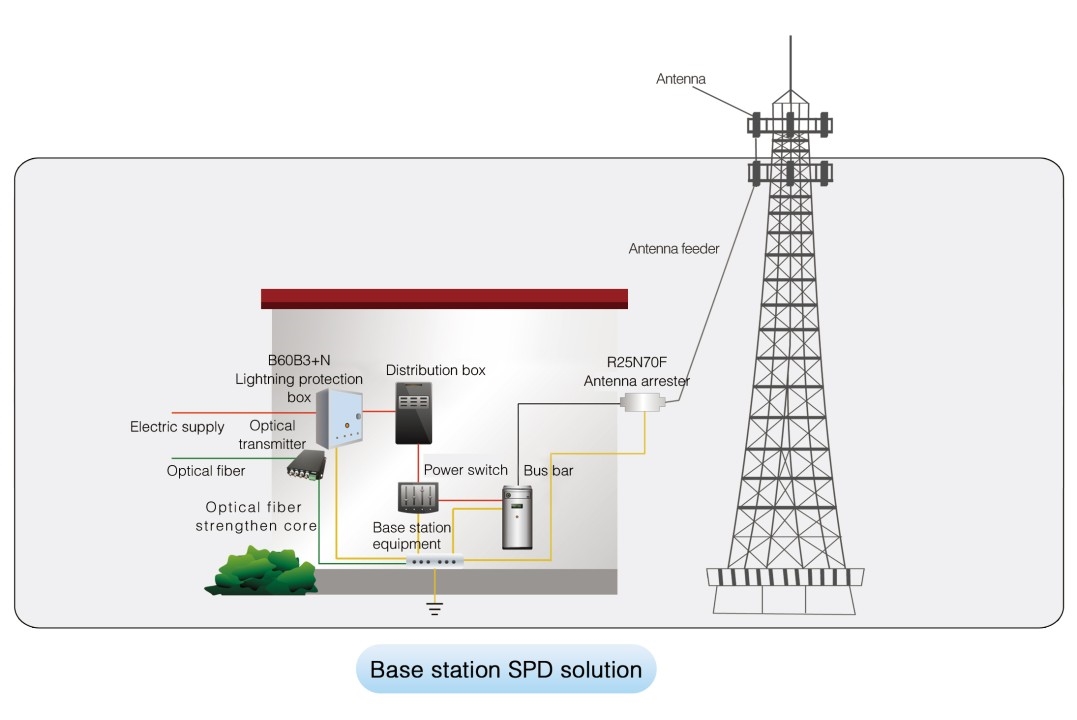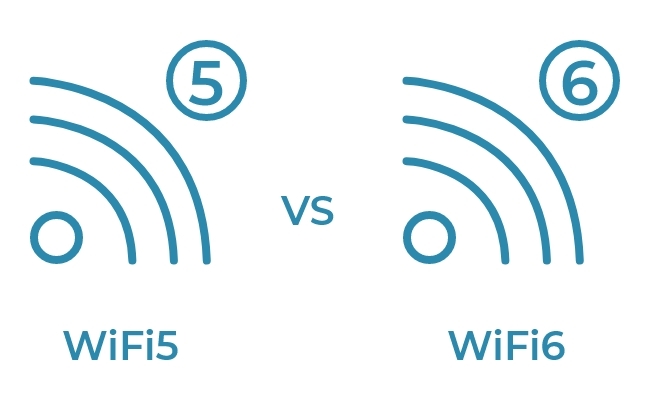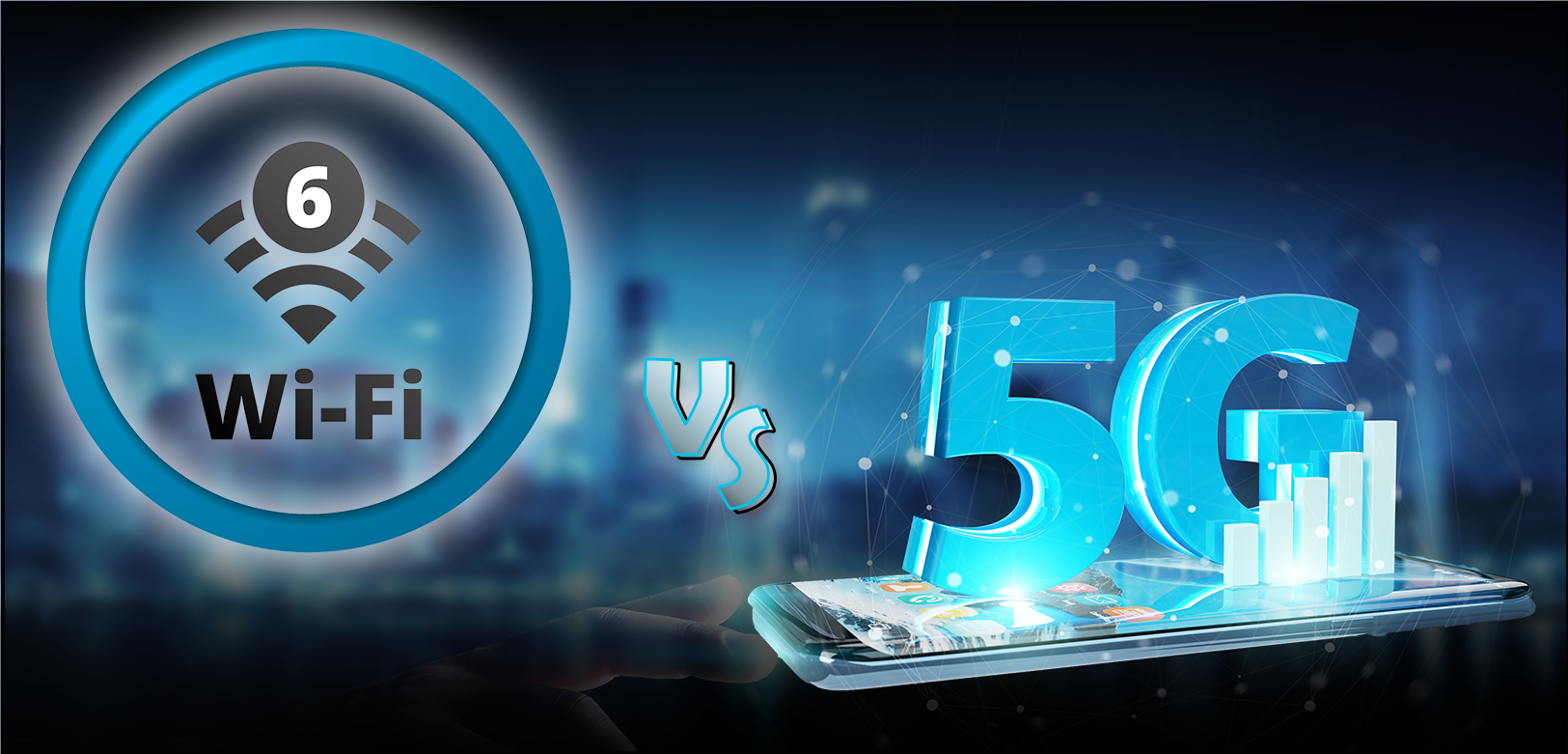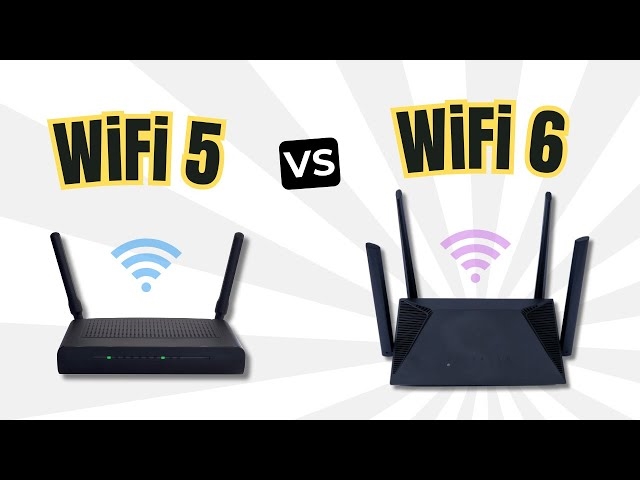What is millimeter-wave 5G
Millimeter-wave 5G refers to 5G systems that use millimeter-wave frequency bands for communication. Millimeter waves are high-frequency electromagnetic waves with frequencies generally between 24 GHz and 100 GHz, so they are often called the millimeter-wave band. In 5G, millimeter waves are a high-band technology that offers higher data rates, wider bandwidth, and lower latency, which can improve network performance and user experience.
Compared with traditional low-frequency bands, millimeter waves have shorter propagation distance and poorer penetration. Deploying millimeter-wave 5G requires denser base station placement and more antennas to achieve coverage. Therefore, millimeter-wave 5G is mainly used in high-density venues and scenarios that demand very high data rates, such as stadiums, commercial districts, and high-speed rail corridors.
5G millimeter-wave frequency bands
Millimeter-wave frequency allocations for 5G vary by country. Some commonly used bands include:
- United States: 28 GHz, 39 GHz
- South Korea: 28 GHz
- Japan: 27 GHz, 28 GHz, 39 GHz, 60 GHz
- China: 24.25–27.5 GHz, 37–43.5 GHz
Because of the short propagation distance and limited penetration of millimeter waves, their use in 5G is still relatively limited and typically focused on high-density coverage scenarios such as stadiums and commercial districts.
Principles of millimeter-wave technology in 5G
The main technical principles of millimeter-wave communications in 5G include:
- High-frequency signal transmission: Millimeter-wave frequencies are much higher than traditional communication bands, providing higher transmission rates and wider bandwidth to carry more data.
- Spatial beamforming: Beamforming concentrates the signal toward target directions, improving transmission efficiency and link reliability.
- Antenna arrays: Millimeter-wave systems use large-scale antenna arrays for transmission and reception. By adjusting the phase and amplitude of individual elements, the array can control directionality and compensate for losses.
- Multipath propagation: Although millimeter waves have shorter range, they support higher rates and can produce multipath effects. Multi-antenna reception and signal-processing algorithms are used to exploit propagation paths and mitigate signal attenuation.
In summary, millimeter-wave technology is an important component of 5G, offering significant potential but also bringing various technical and engineering challenges.
 ALLPCB
ALLPCB








